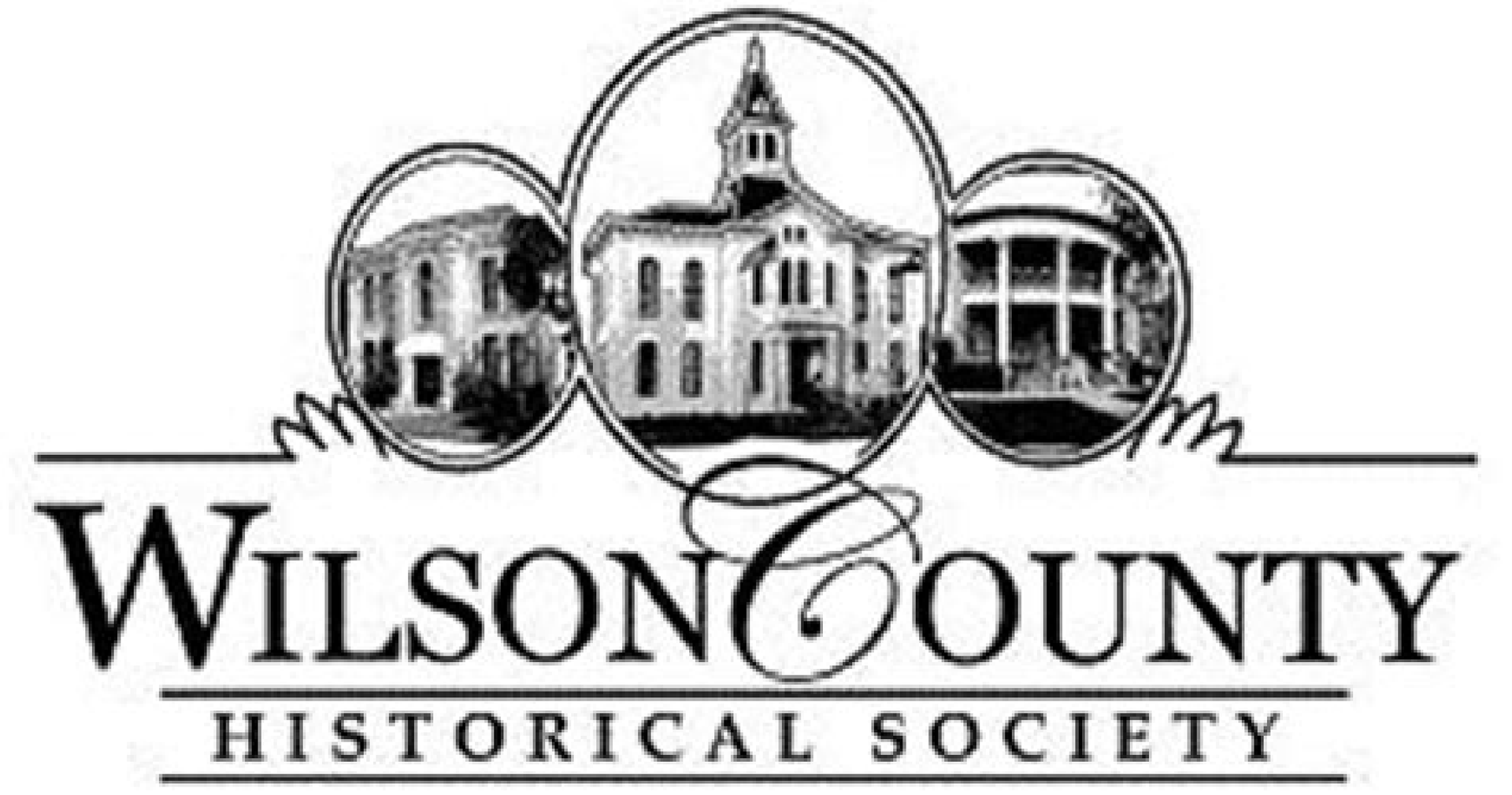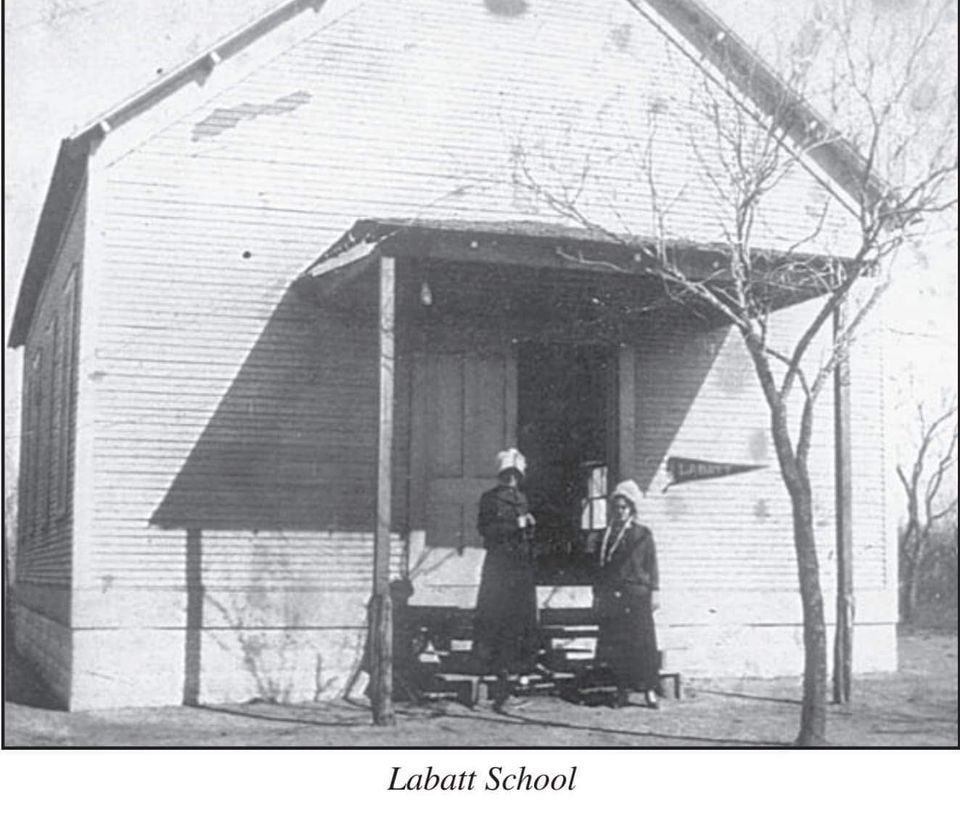by Barbara J. Wood

Flores Ranch dig reveals Spanish colonial history
COURTESY / Wilson County News [July 09, 2014]
Wilson County's history during the Spanish colonial era continues to be unearthed. Over the past two months, a handful of professional and avocational archaeologists have been excavating at the old Flores Rancho near the community of La Batte — locally identified as Labatt — a few miles northwest of Floresville. The property currently is owned by Brian and Melissa Seiler. The all-volunteer effort is headed by archaeologist David Nickels of Tierras Antiguas Archaeological Investigations.
Thus far, efforts have focused on outlining the foundation remnants of a small chapel, which lies near the old Flores ranch house.
In the middle 1700s, early pioneer rancher and Canary Islander descendant Francisco Flores established his cattle ranch along the San Antonio River on land that was then the home of the Chayopines Indians, thus the rancho was also known as "Rancho de los Chayopines" or "Chayopines Ranch." The Chayopines were a tribe or band of Native Americans who in the early- to mid-1700s helped establish Mission San Juan, in what is now San Antonio.
The limited archival information currently available indicates that the original adobe house structure was possibly constructed in the 1750s or 1760s. The house was built to withstand Indian attacks, and was apparently a place of refuge during more than a few Indian raids. According to one account, raiders could not burn nor gain access to the adobe structure that was fortified with three corner forts, so they tried to access the house through the roof. The roof was said to be strongly fortified with oak logs and dirt piled several feet thick, and even though several Indians tried to dig through the roof, they were shot and killed, and the attack was thus repelled.
Brian and Melissa Seiler are most interested in the history of the Chayopines Rancho, and have committed to a long but rewarding process of restoration of the house and grounds, containing the chapel where archaeologists have been working. There are few available archival documents pertaining to the size of the chapel. However, when Spanish Catholic priest Father Gaspar José de Solis visited Los Chayopines in the 1760s, there were eight persons living and working on the ranch. These were possibly family members and hired vaqueros.
Longtime residents of Wilson County remember that by the mid-1900s, only the foundation stones of the chapel remained. Nickels and interested volunteers are attempting to document what still remains.
He and others acknowledge that areas along the San Antonio River, Cibolo Creek, and their tributaries hold some of the most interesting and historically significant sites in Texas.
Excavations at the site for this season have been completed, Nickels said. However, the Seilers have tentatively agreed to host an archeological field school in the future, to be conducted by either a university or local archeological society.
History unearthed
According to archeologist David Nickels, during May and June, a total of 12 volunteers putting in more than 300 collective hours helped uncover the foundation of a 1700s or 1800s small chapel and the outer stone wall of an adjoining campo santo, or cemetery.
Some artifacts uncovered thus far include ceramics sherds and bottle glass that date from the late 1700s through the 1900s, as well as square nails and many pieces of metal hardware.
Archival research has turned up a remarkably interesting written history of the site and lands surrounding it, Nickels said, from its earliest occupation during Spanish colonial times, through the 1900s.
Oral histories of those who are familiar with the site and surrounding area are ongoing.
"We believe the effort thus far has been very enlightening and certainly worth it," Nickels said. "It's not every day you get to examine and learn about such a significant piece of history firsthand, and we look forward to returning to the site in the future."


